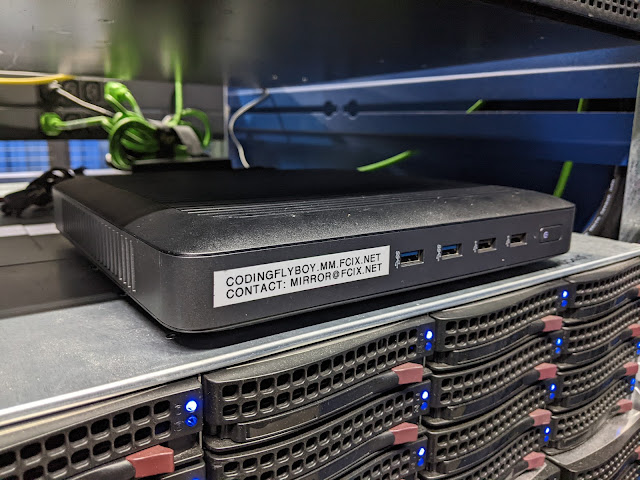Personal Best for Origami Ball
 I have been folding these balls ever since 6th grade when my teacher had one on her desk. I was just obsessed with it, and she made a deal that for every week I turned in all my homework, she'd teach me the next step to making it.
I have been folding these balls ever since 6th grade when my teacher had one on her desk. I was just obsessed with it, and she made a deal that for every week I turned in all my homework, she'd teach me the next step to making it.The one she taught me how to build used 30 squares of paper. Each square is folded into a parallelogram, then woven together. The centers of each parallelogram make the edge between two of the pyramids on the surface of the sphere. The 30 ball was made by grouping the triangular pyramids in groups of 5, like the group in the front of the first picture. I soon discovered that you could make a smaller ball using groups of 4, which only used 12 parallelograms. Going in the other direction, I soon found that groups of 6 would make an infinite sheet (consider the pyramids as just equilateral triangles, and you can see why they'd lay flat).
This left me with a challenge: How do I make a sphere larger than the 30, when 6 groups don't make a sphere at all? I figured that a heterogeneous lattice would do it, but couldn't quite visualize what the layout would be.
Wikipedia to the rescue! Buckminsterfullerene (C60) is perfect to model my sphere after. Treat each Carbon atom as one of the equilateral triangles, and each bond as the long edge between each pair of triangles, and the whole design drops out. The fact that I was able to realize this somewhere in the order of 8th-9th grade, is, in hindsight, pretty impressive.
Wanting to have a general idea of what I was getting myself into, I wanted to know how many of these parallelograms I needed to fold. This turned out to be a fairly easy calculation. Each triangle is made from three interlocking parallelograms, and each parallelogram is part of two triangles. Since I'm treating each triangle as a Carbon atom in the fullerene template, I know I need 60 triangles. 60 triangles * 3 parallelograms per triangle / 2 triangles per parallelogram = 90 parallelograms. Quite a project.
Lucky for me, I was generally unemployed this summer, so time was my middle name. I woke up at the crack of noon one day, and decided, "self, today is the day that this is actually going to happen." A paper cutter, 24 sheets of paper, and 6 straight hours of folding later, I sat down to dinner being the proud owner of a sphere admirably larger than my last.
 In case we're unclear, by "larger," I really mean "more awesome"
In case we're unclear, by "larger," I really mean "more awesome"UPDATE: Before I finally disassembled it, I figured I should take a picture of this latest accomplishment next to its predecessors to give you a better idea of what kind of progress has been made. Pictures below is the Buckyball on top, with the 4 cluster on the left and 5 cluster on the right.


